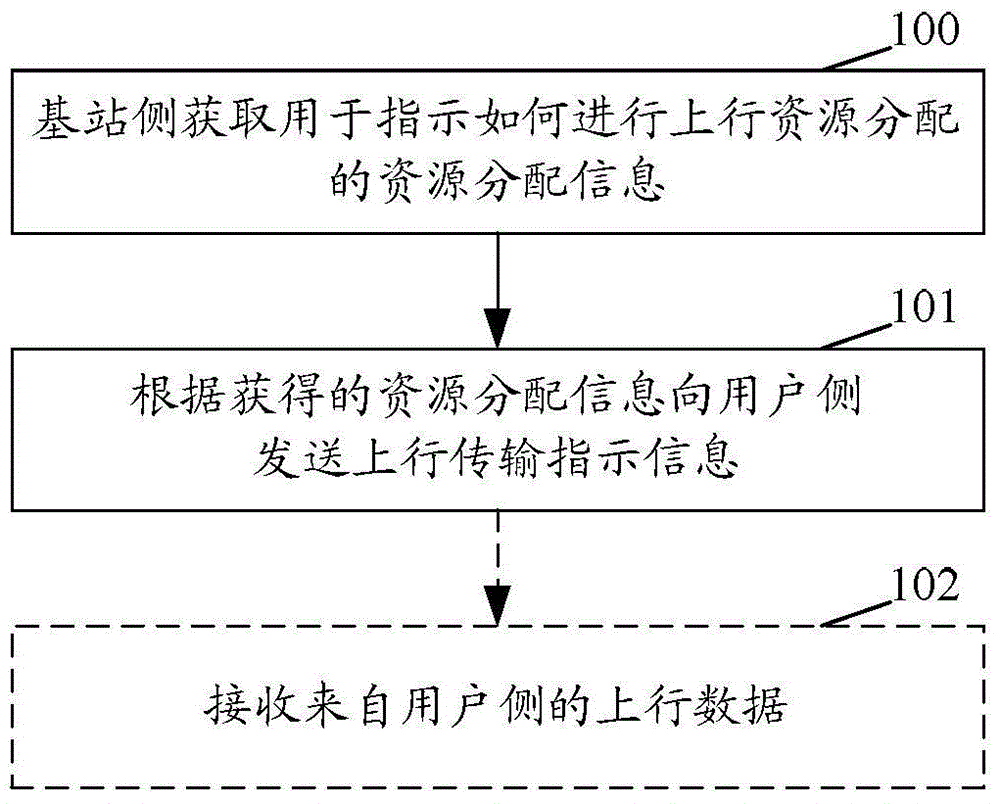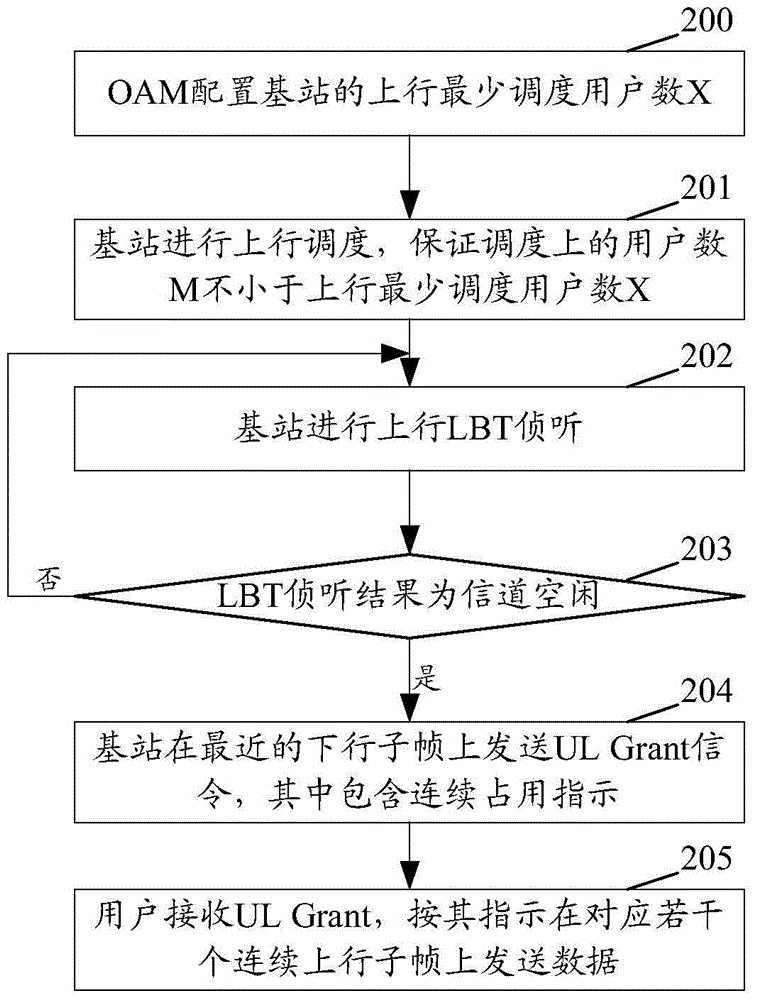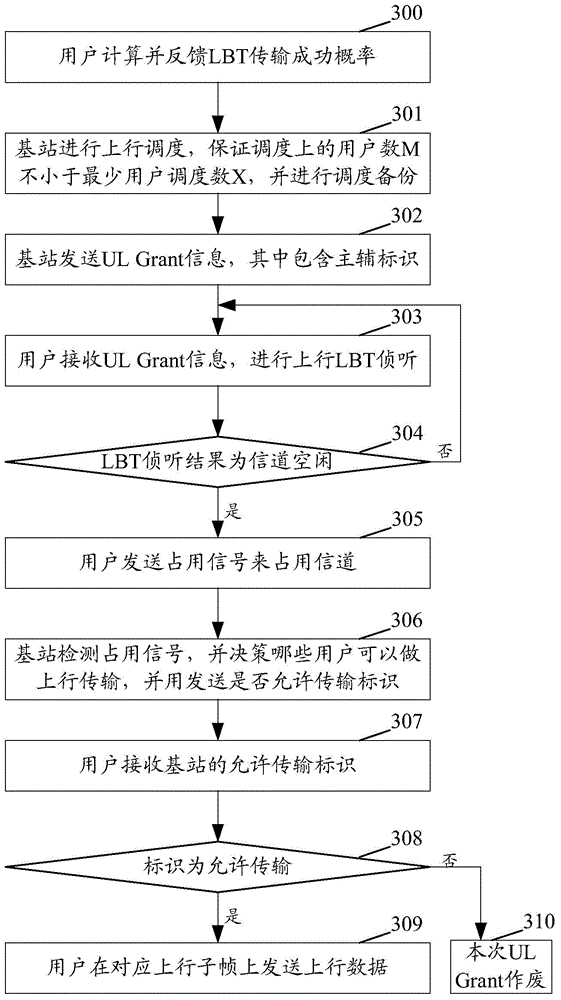Uplink resource distribution method, base station and user terminal
A technology for resource allocation and resource allocation information, which is applied in the fields of base stations, user terminals, and uplink resource allocation methods, and can solve the problems of wasting uplink resources, wasting subframe uplink resources, and increasing user latency.
- Summary
- Abstract
- Description
- Claims
- Application Information
AI Technical Summary
Problems solved by technology
Method used
Image
Examples
Embodiment Construction
[0064] In order to make the purpose, technical solution and advantages of the present invention more clear, the embodiments of the present invention will be described in detail below in conjunction with the accompanying drawings. It should be noted that, in the case of no conflict, the embodiments in the present application and the features in the embodiments can be combined arbitrarily with each other.
[0065] The inventors of the present application found that, considering the efficiency of the LBT mechanism, it is better to continuously occupy the channel after one LBT competes for the channel, which is beneficial to both improving the efficiency of LBT and reducing the waiting delay of users. However, the continuous occupation of the channel by the LBT may conflict with the result of uplink resource allocation, which is also a problem that needs to be solved.
[0066] The present application aims to provide an uplink resource allocation mechanism, which can waste as littl...
PUM
 Login to View More
Login to View More Abstract
Description
Claims
Application Information
 Login to View More
Login to View More - R&D
- Intellectual Property
- Life Sciences
- Materials
- Tech Scout
- Unparalleled Data Quality
- Higher Quality Content
- 60% Fewer Hallucinations
Browse by: Latest US Patents, China's latest patents, Technical Efficacy Thesaurus, Application Domain, Technology Topic, Popular Technical Reports.
© 2025 PatSnap. All rights reserved.Legal|Privacy policy|Modern Slavery Act Transparency Statement|Sitemap|About US| Contact US: help@patsnap.com



